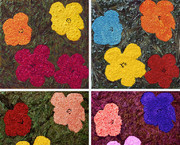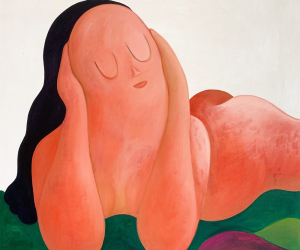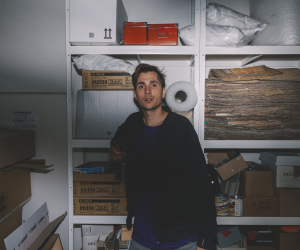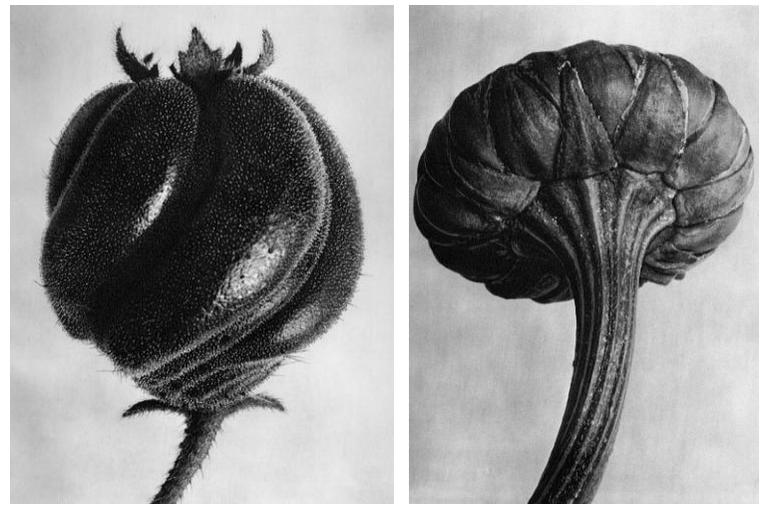
Karl Blossfeldt
Posted by Fabio 18 March 2011
Karl Blossfeldt’s training began with the study of industrial arts and design at the Kunstgewerbeschule in Berlin. In 1890, along with five other students, Blossfeldt received a scholarship to work in Rome with one of the instructors, Mortiz Meurer. Meurer assigned him the job of casting models of botanical specimens, ultimately to be used by industrial craftsmen and manufacturers. In addition, the group photographed plants based on a method developed by Meurer. Blossfeldt acquired a keen interest and special talent in this task and continued to photograph plants for the remainder of his career.
 Blossfeldt was eventually hired at the Kunstgewerbeschule as an assistant teacher and assistant director for modeling from plants. (During this time of the German arts and crafts movement, this was considered an important field.) He taught there for 31 years, and became Professor Emeritus in 1930. Blossfeldt used his plant photographs to demonstrate to students that the best engineering solutions for industrial design had already been anticipated in nature. His theories never really caught on.
Blossfeldt was eventually hired at the Kunstgewerbeschule as an assistant teacher and assistant director for modeling from plants. (During this time of the German arts and crafts movement, this was considered an important field.) He taught there for 31 years, and became Professor Emeritus in 1930. Blossfeldt used his plant photographs to demonstrate to students that the best engineering solutions for industrial design had already been anticipated in nature. His theories never really caught on.
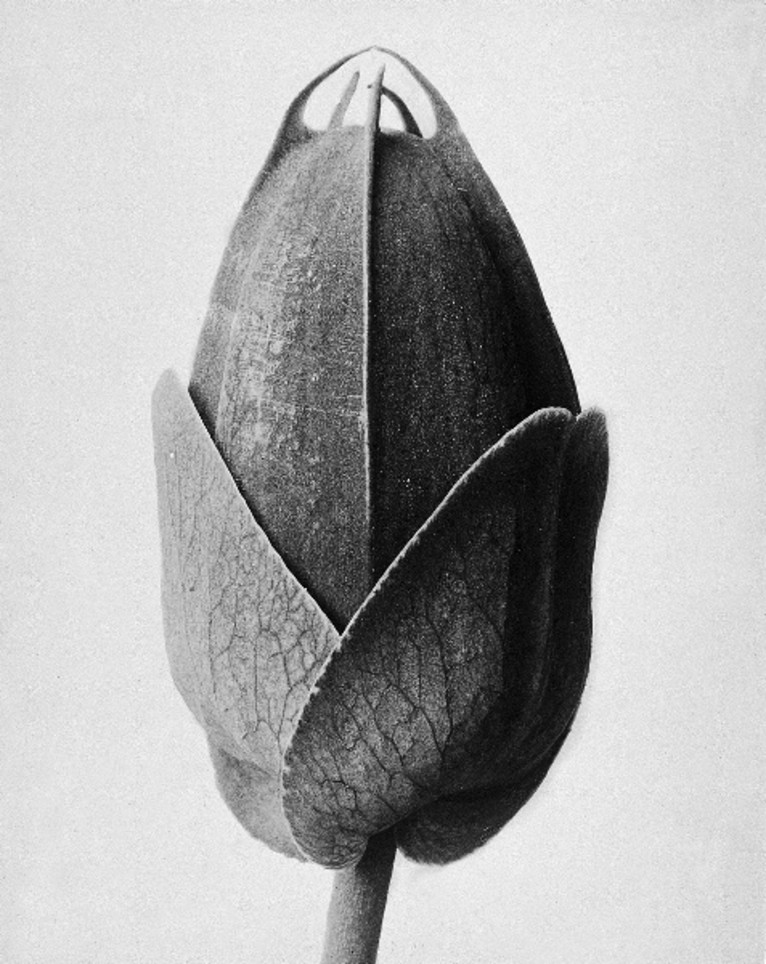 In 1925 the photographs caught the attention of Karl Nierendorf, a banker and collector versed in Dada, Precisionism and Constructivism. Partly due to this interest in the photographs as “art,” Blossfeldt began to exhibit his works in shows and in 1928 his first book was published. The book, Urformen der Kunst, (Art Forms in Nature) was edited by Nierendorf and published by Ernst Wasmuth. The book quickly went into successive editions and was followed by additional publications including Wundergarten in der Natur (Magic Garden of Nature) in 1932 and Wunder in der Natur (Magic in Nature) in 1942.
In 1925 the photographs caught the attention of Karl Nierendorf, a banker and collector versed in Dada, Precisionism and Constructivism. Partly due to this interest in the photographs as “art,” Blossfeldt began to exhibit his works in shows and in 1928 his first book was published. The book, Urformen der Kunst, (Art Forms in Nature) was edited by Nierendorf and published by Ernst Wasmuth. The book quickly went into successive editions and was followed by additional publications including Wundergarten in der Natur (Magic Garden of Nature) in 1932 and Wunder in der Natur (Magic in Nature) in 1942.
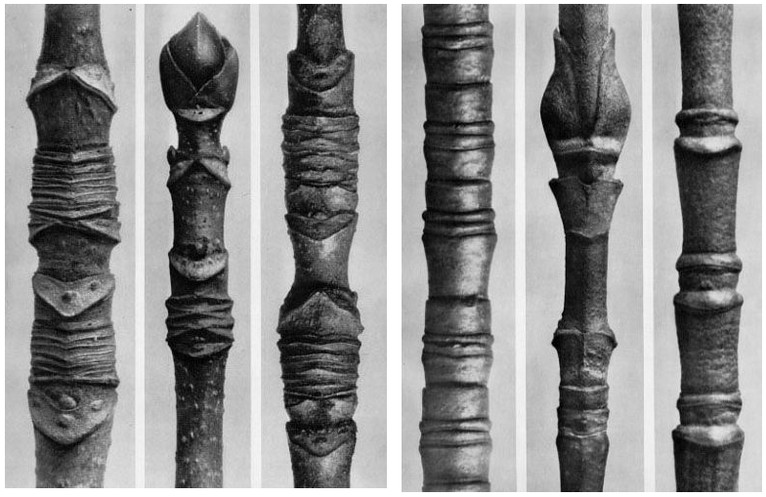
 The photogravure printing process was popular in the late 1800s and early 1900s. At the time, it was the finest photomechanical means for reproducing a photograph in large editions. A descendent from the printmaking process of etching, photogravures utilize a copper plate. A transparent positive of the photographic negative is created and after several stages involving potassium bichromate, exposure to light, acid etc., the etched plate is ready. The result provides an almost velvety appearance to the image.
The photogravure printing process was popular in the late 1800s and early 1900s. At the time, it was the finest photomechanical means for reproducing a photograph in large editions. A descendent from the printmaking process of etching, photogravures utilize a copper plate. A transparent positive of the photographic negative is created and after several stages involving potassium bichromate, exposure to light, acid etc., the etched plate is ready. The result provides an almost velvety appearance to the image.
Karl Blossfeldt died December 3, 1932, in Berlin.


